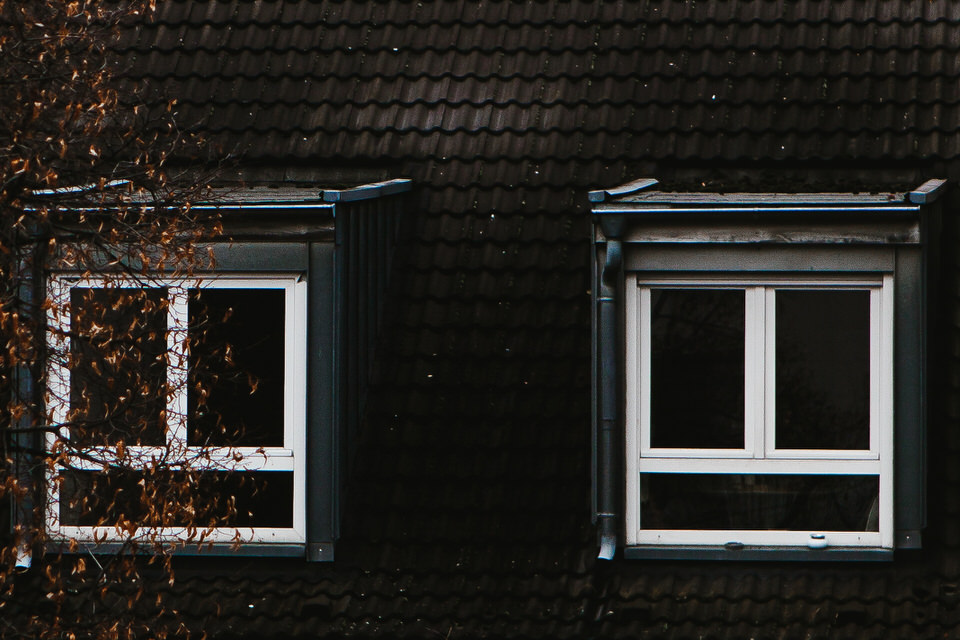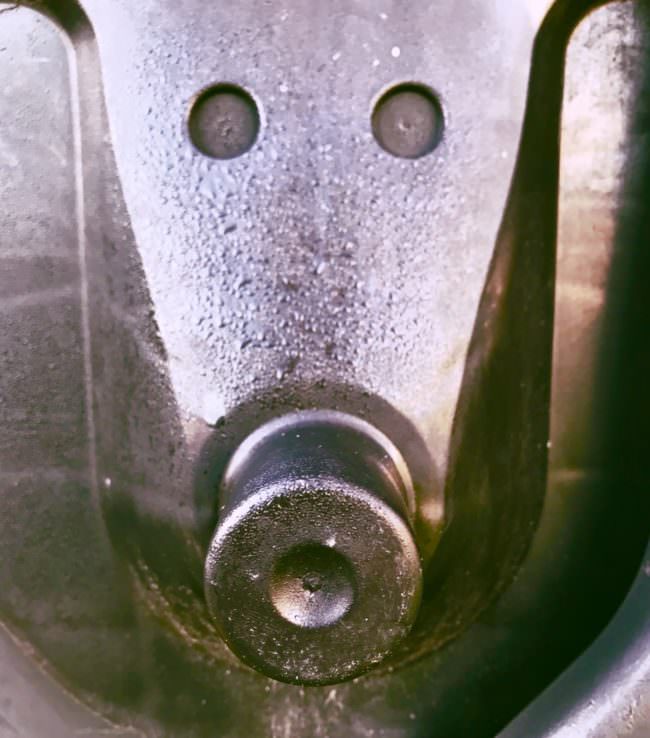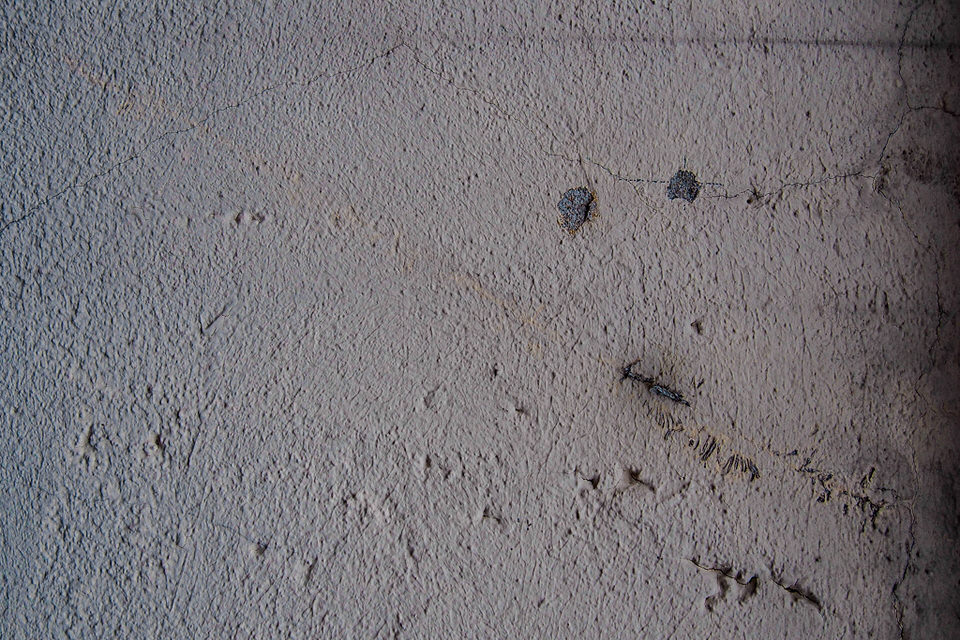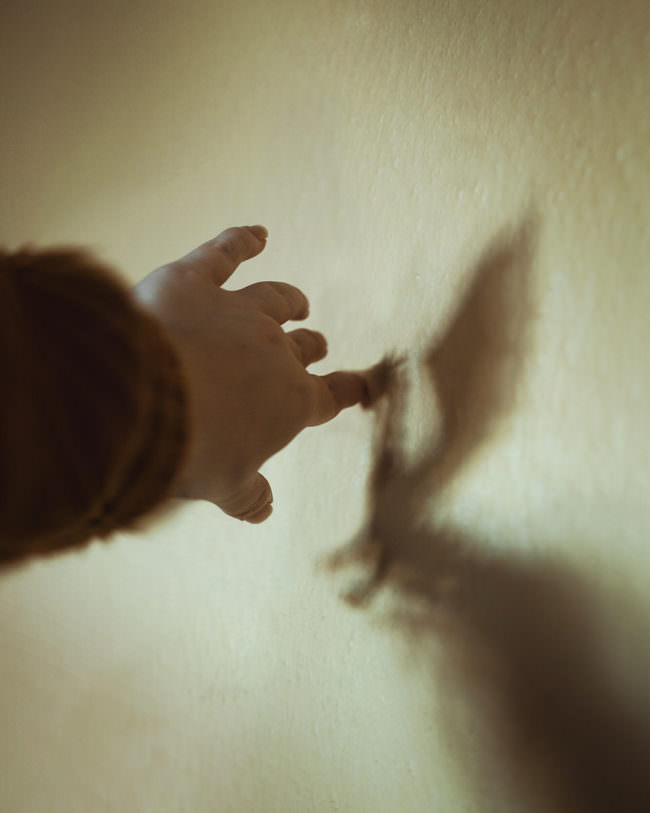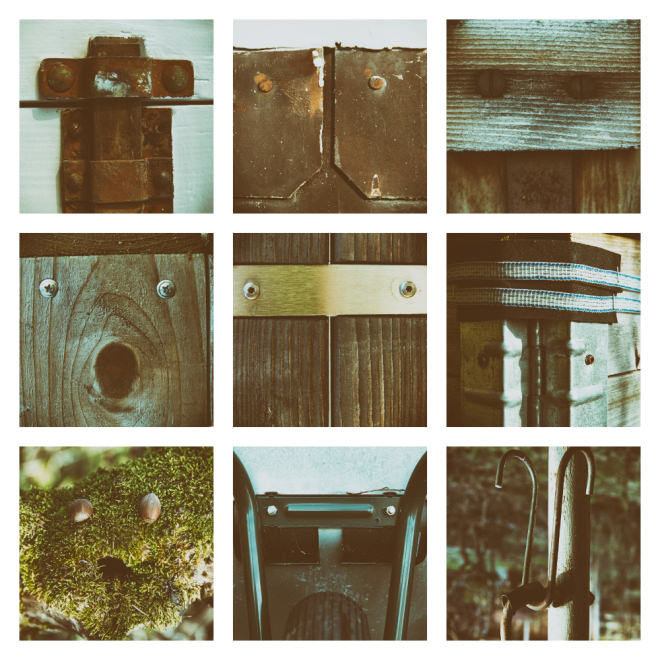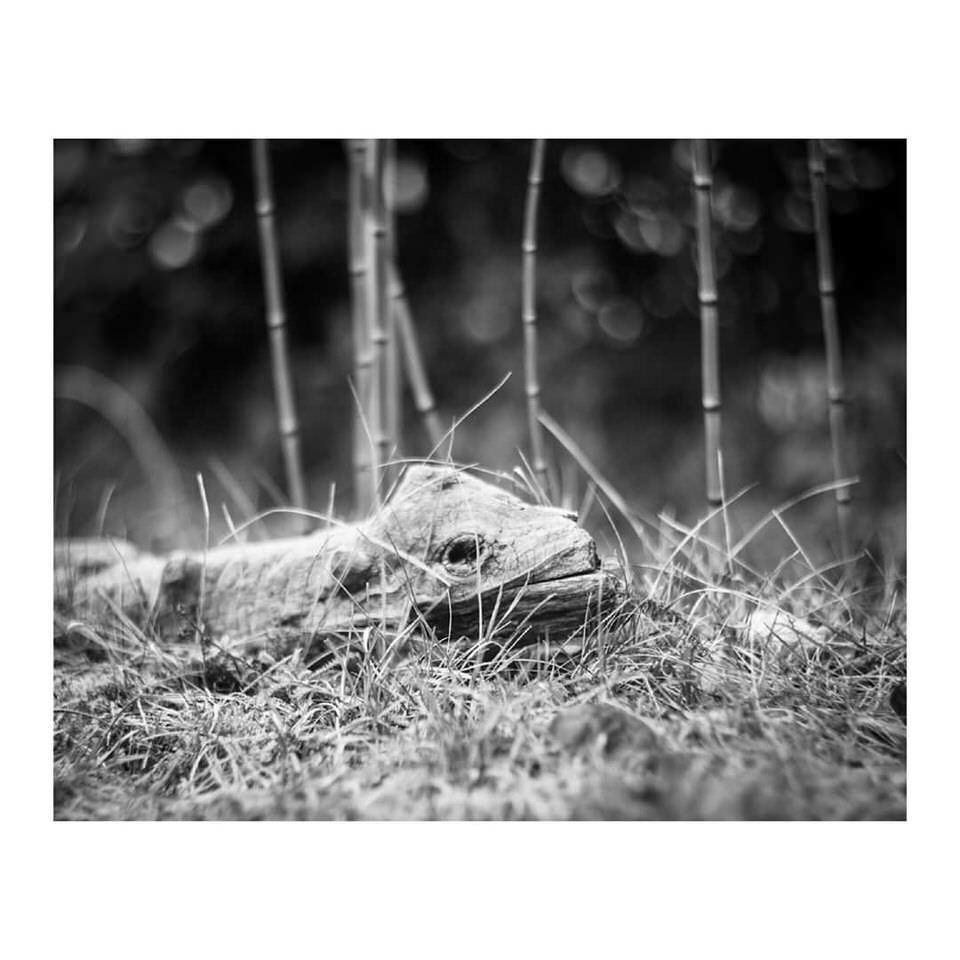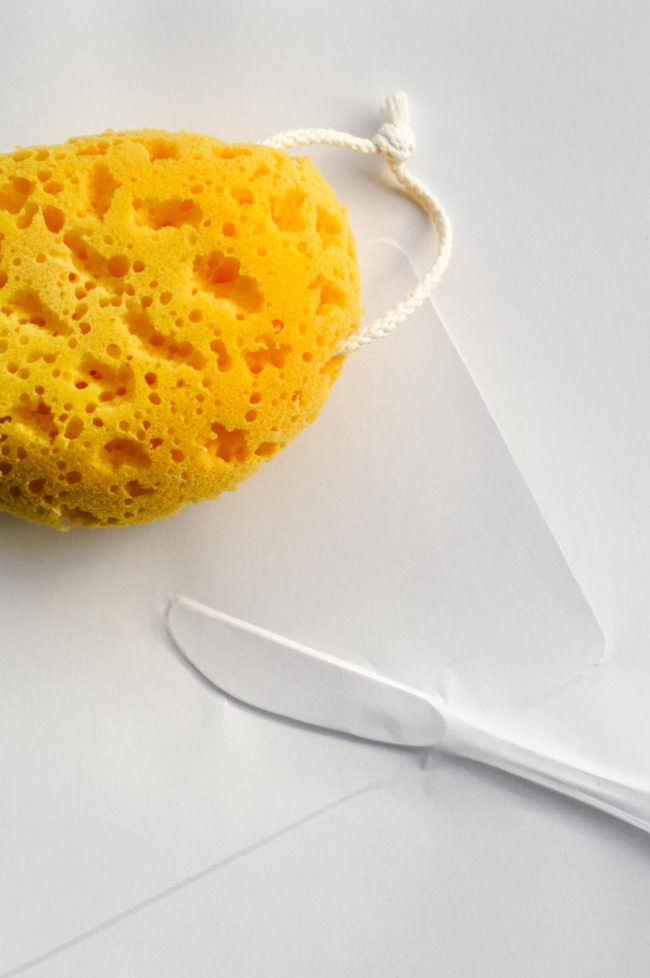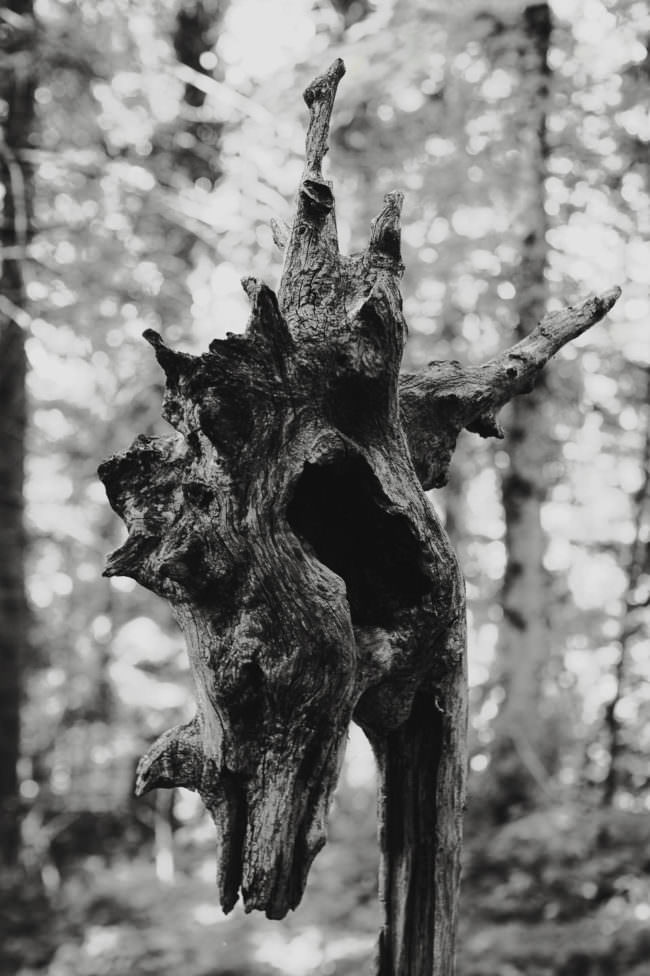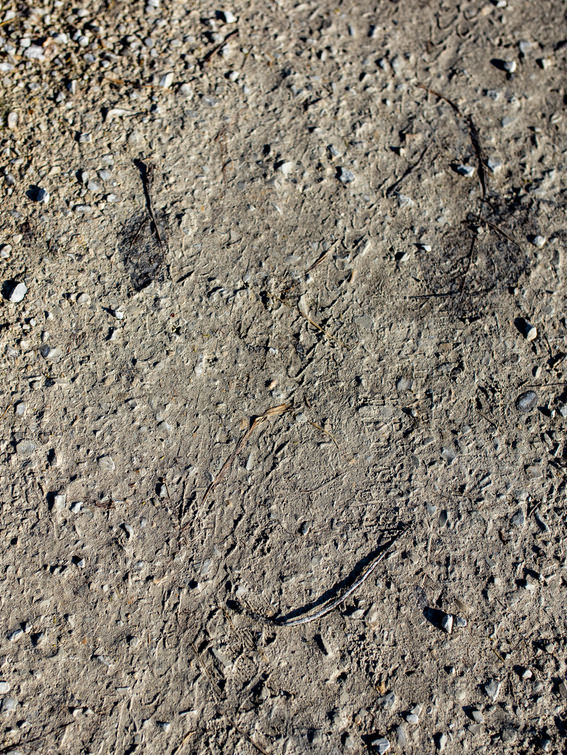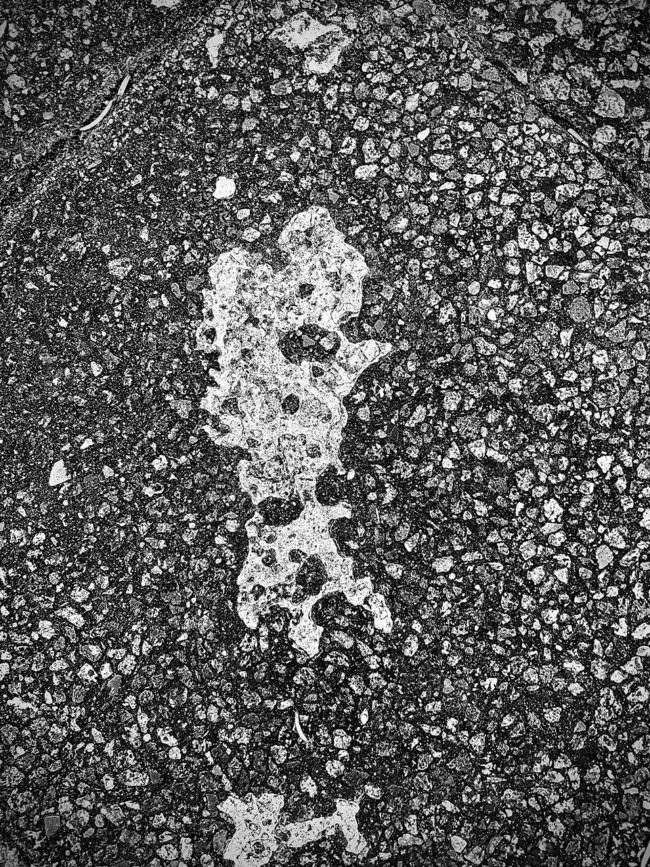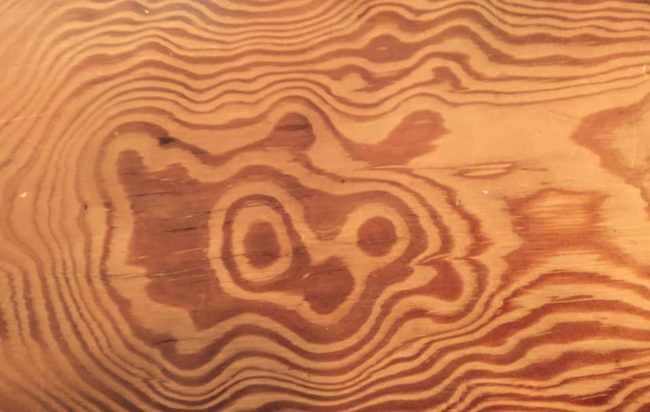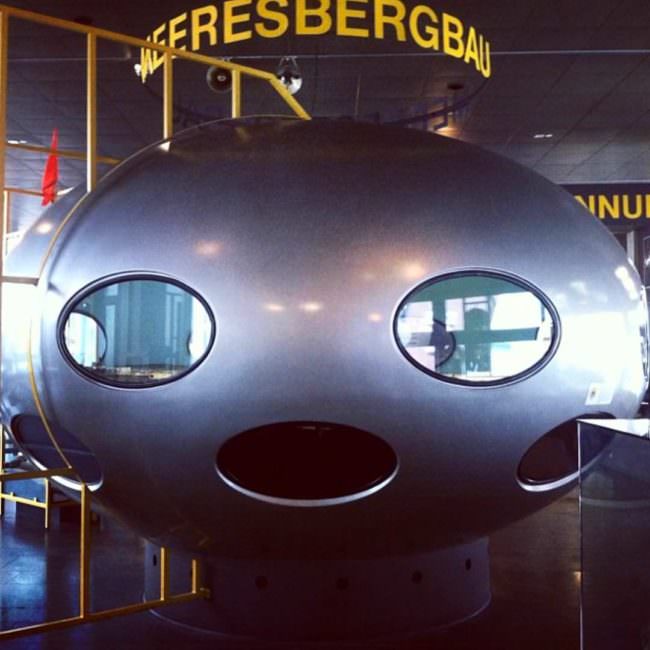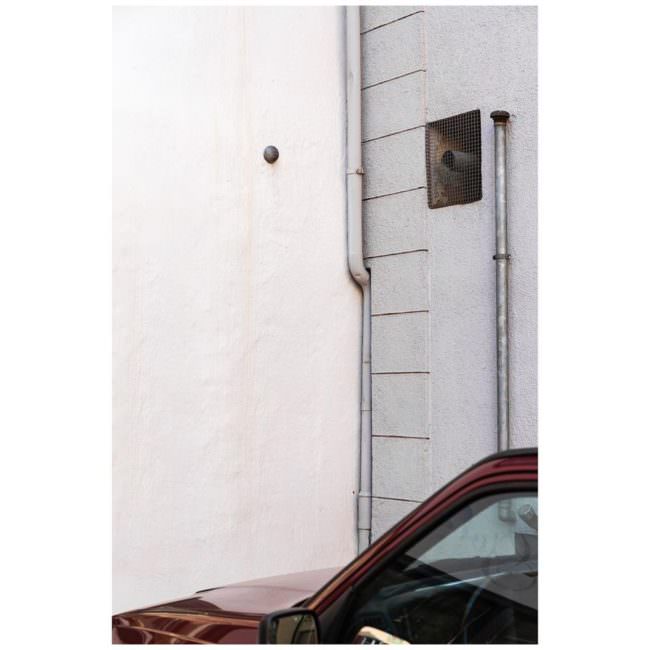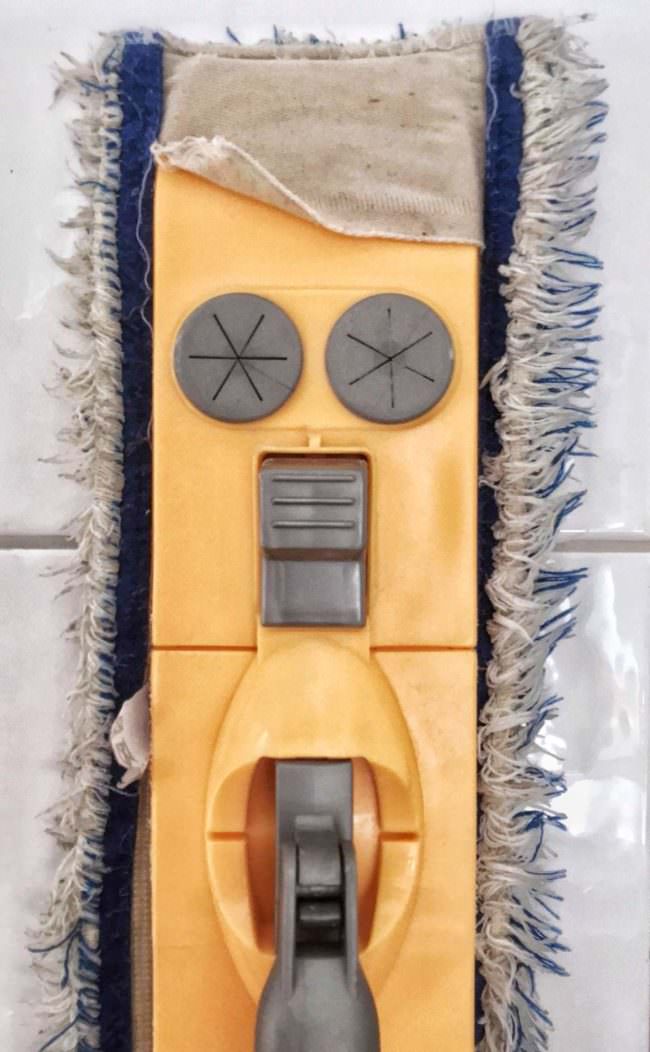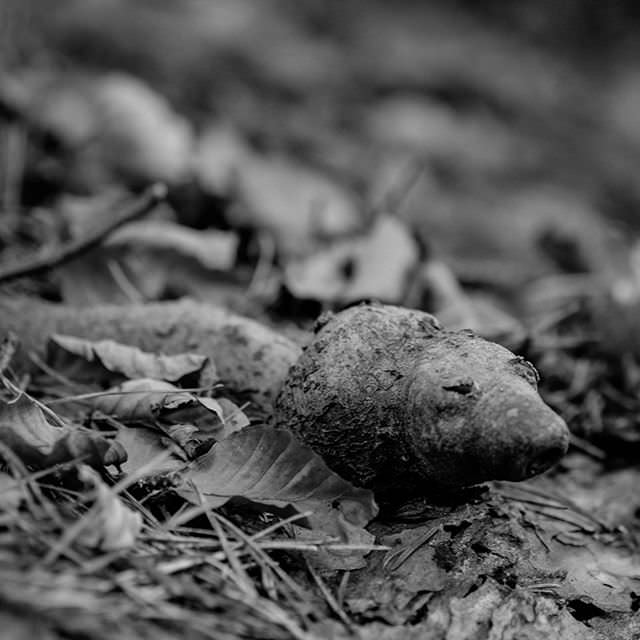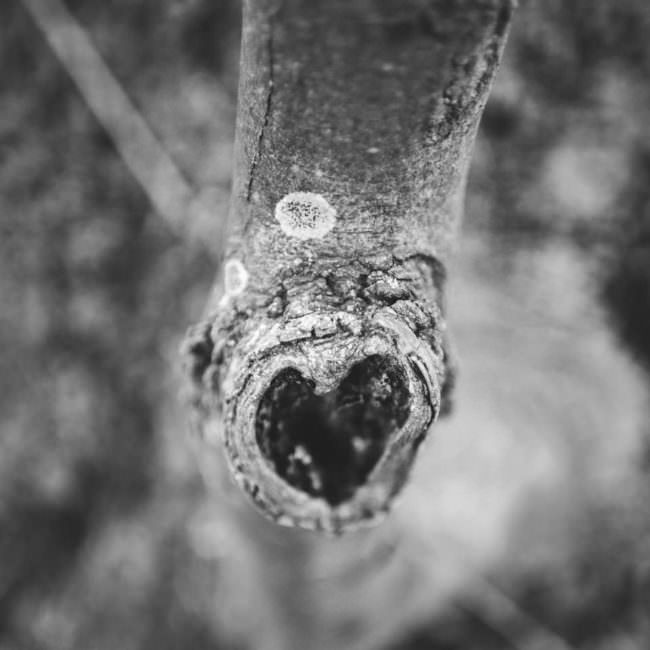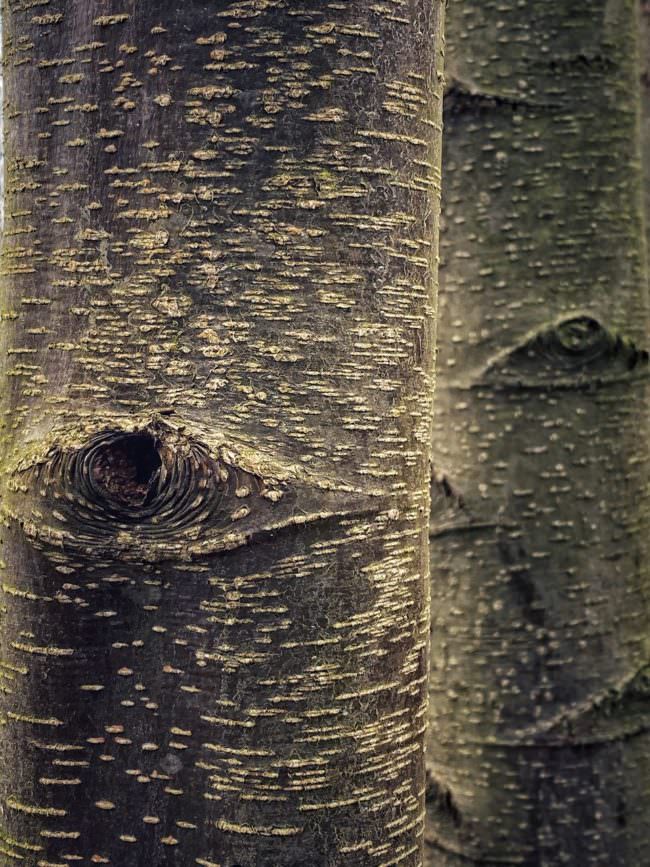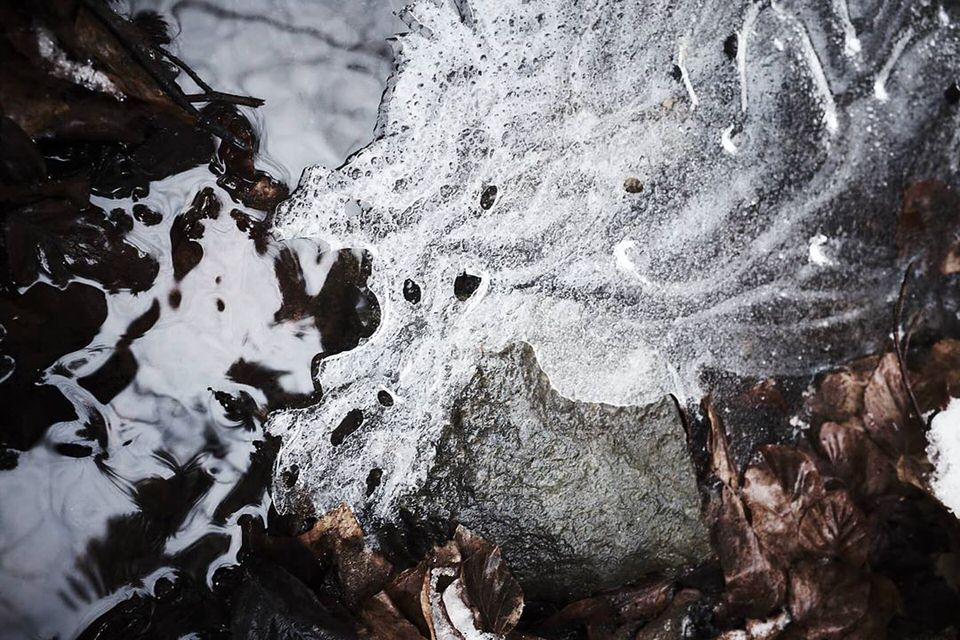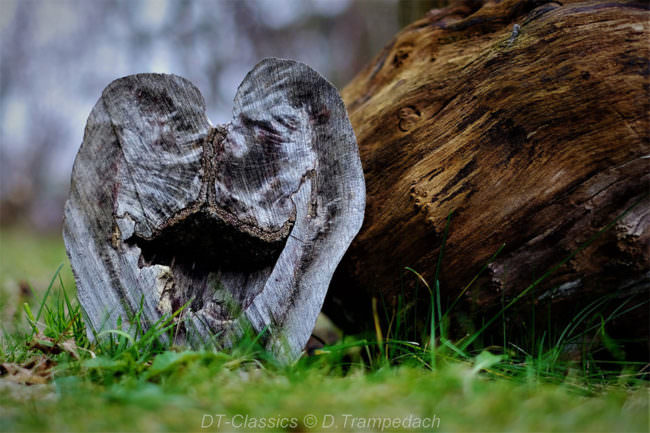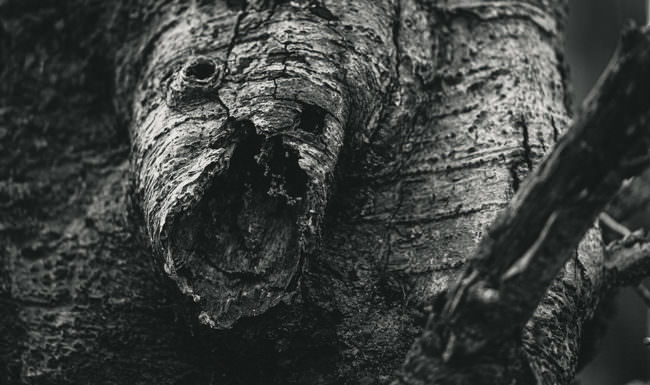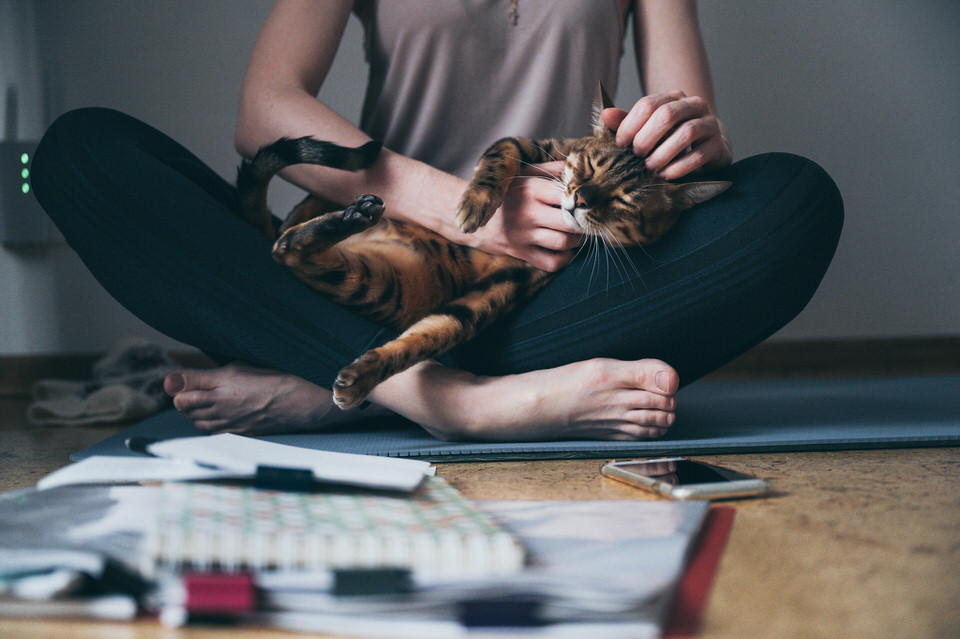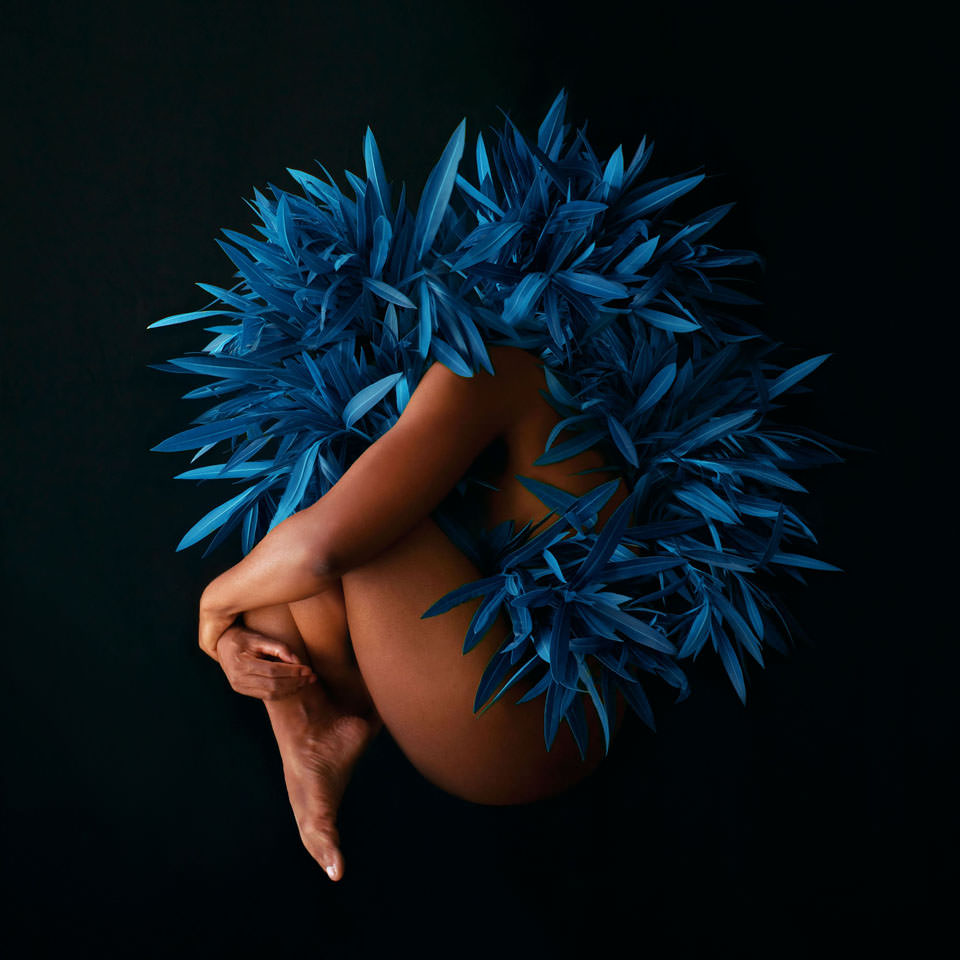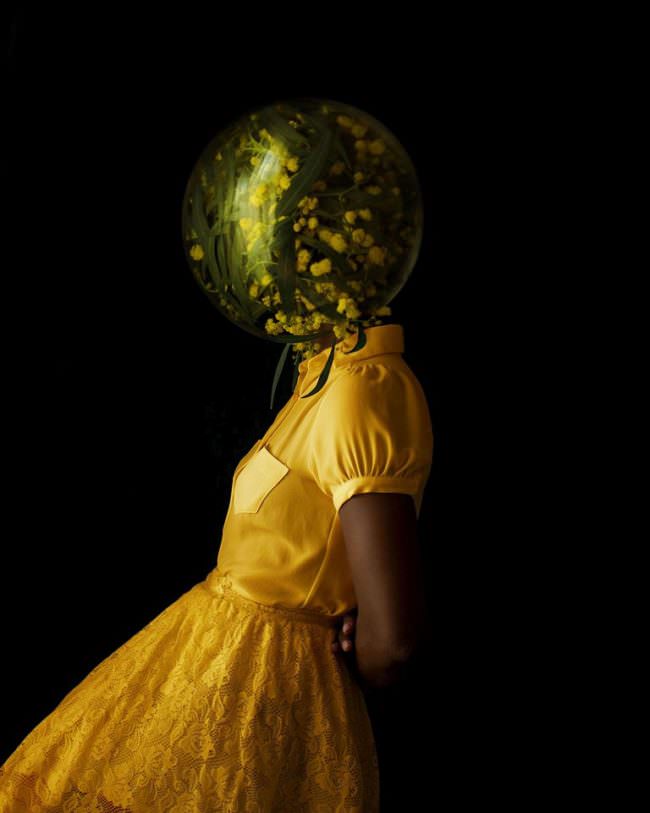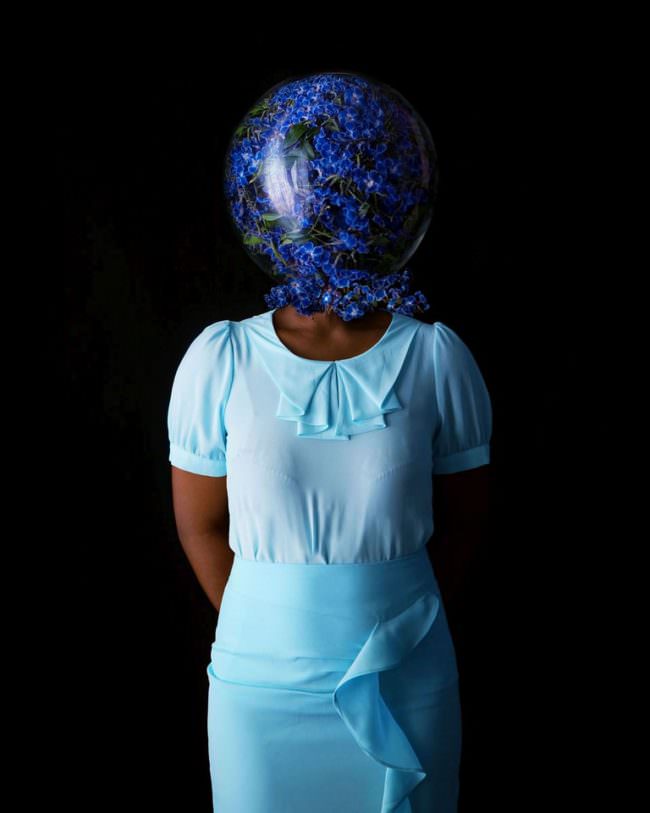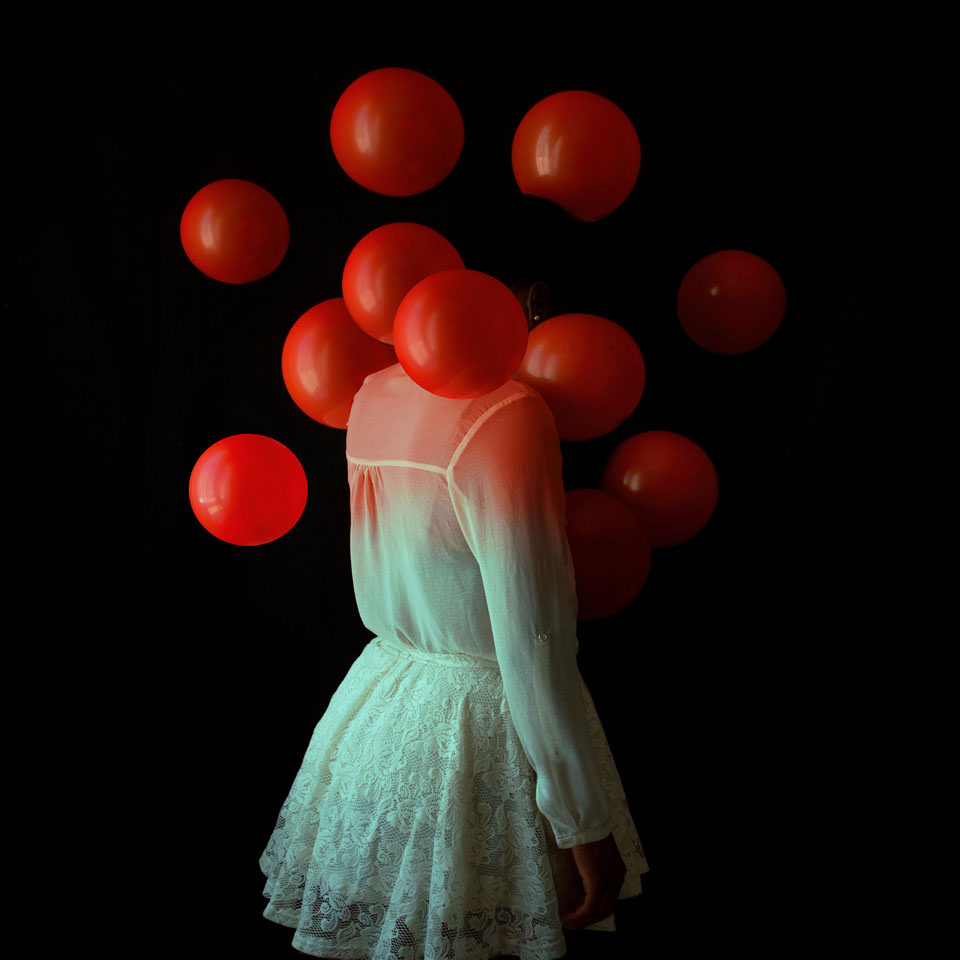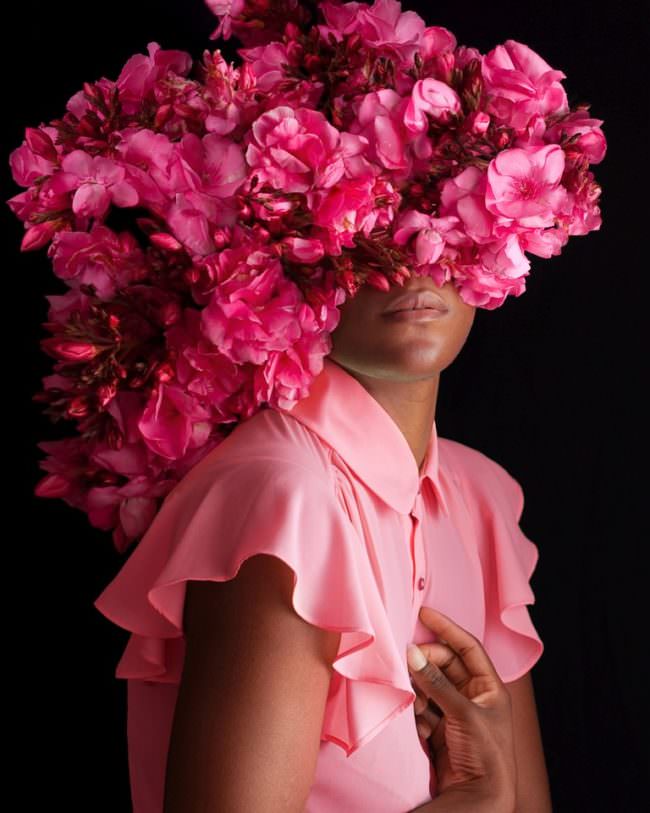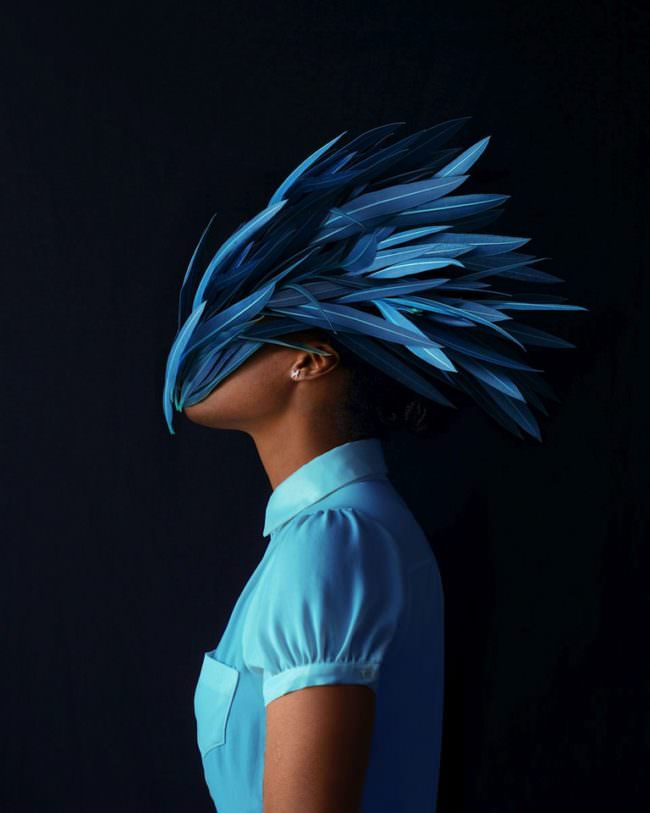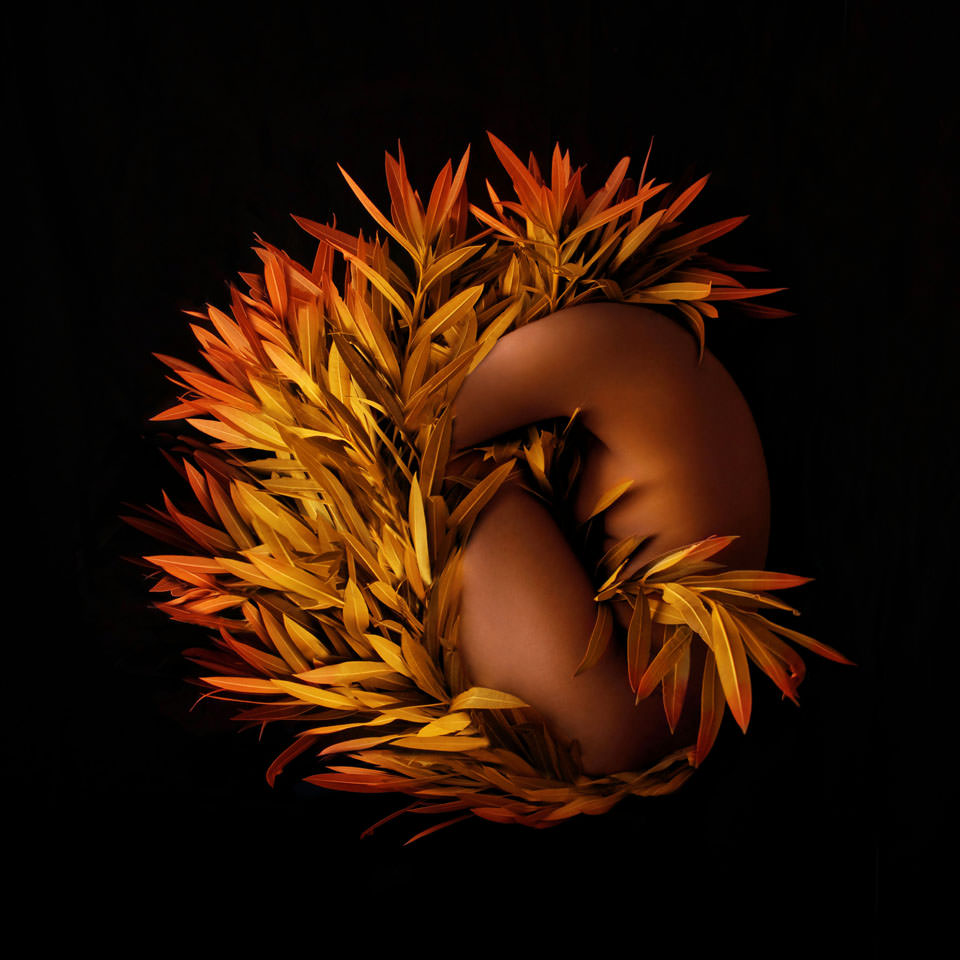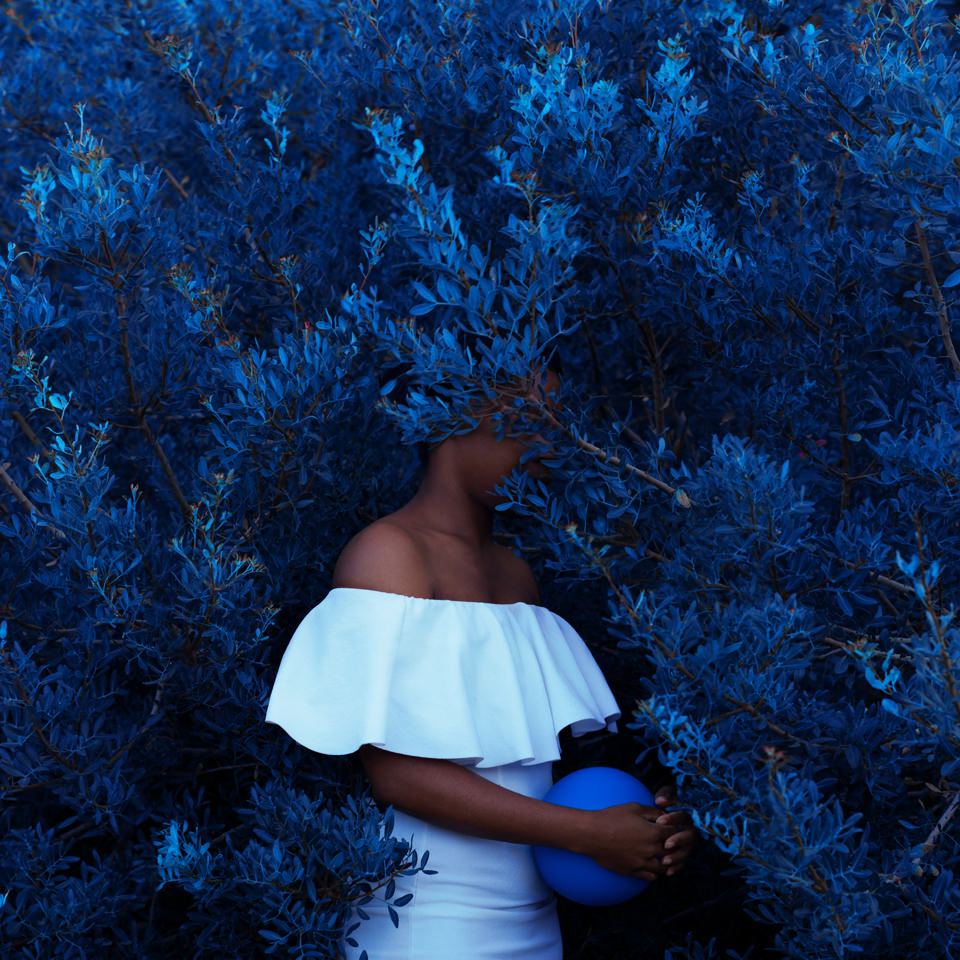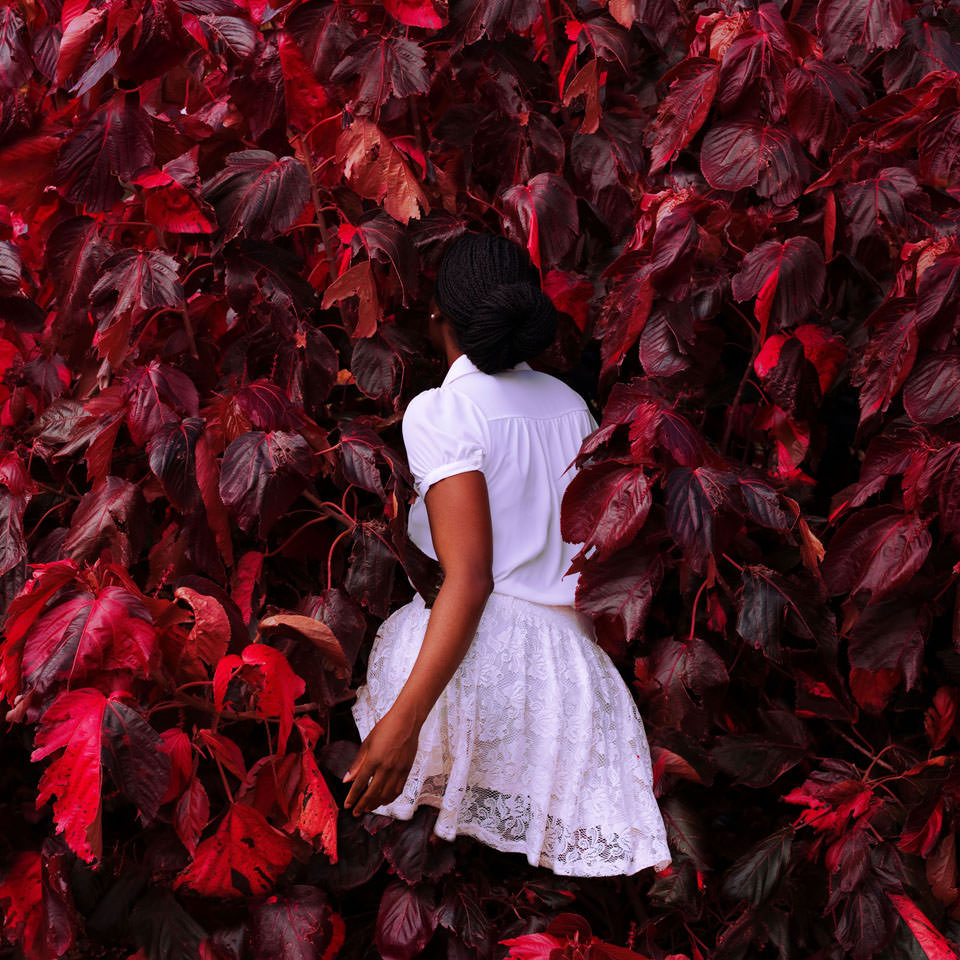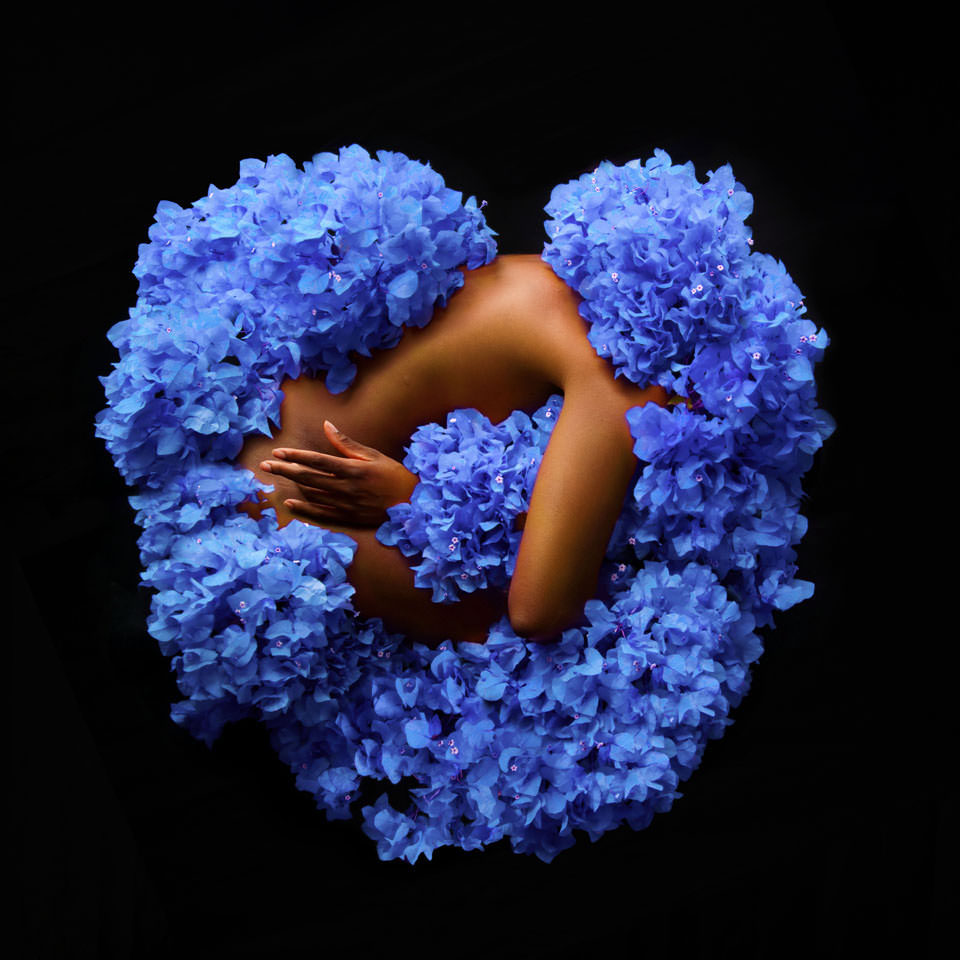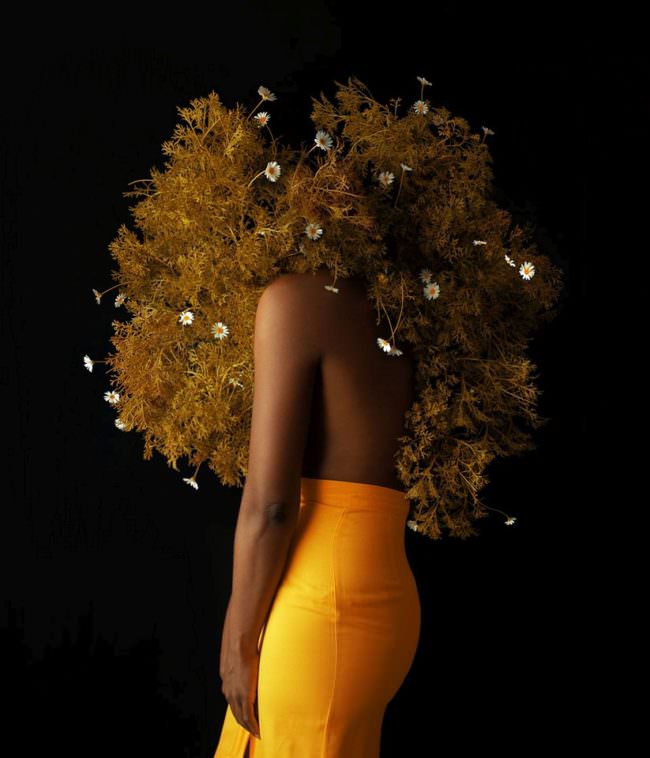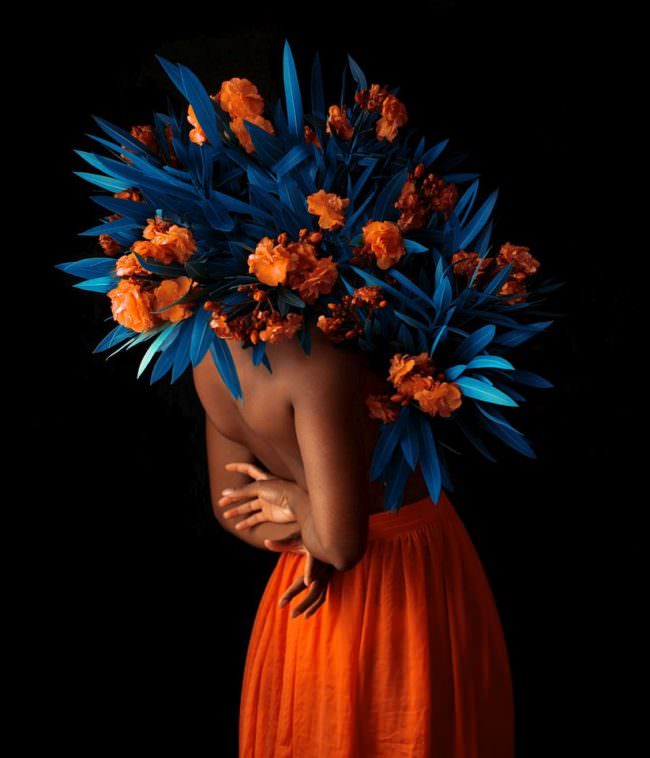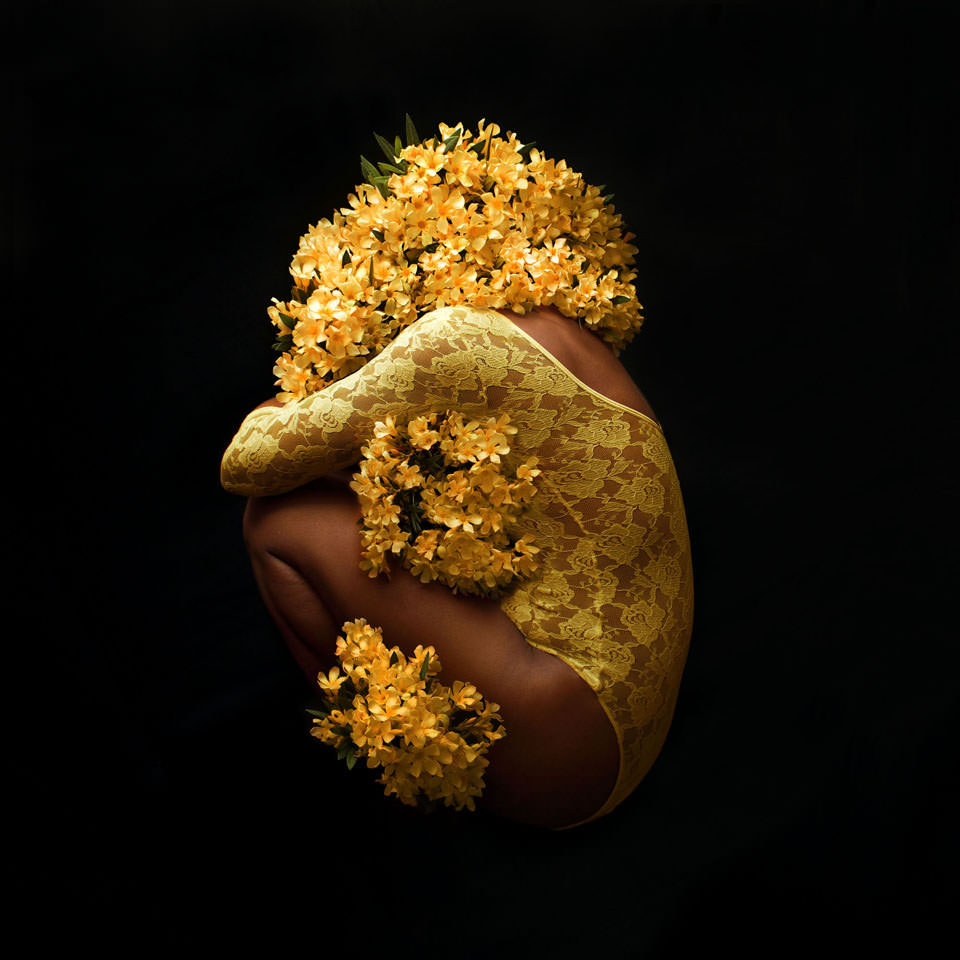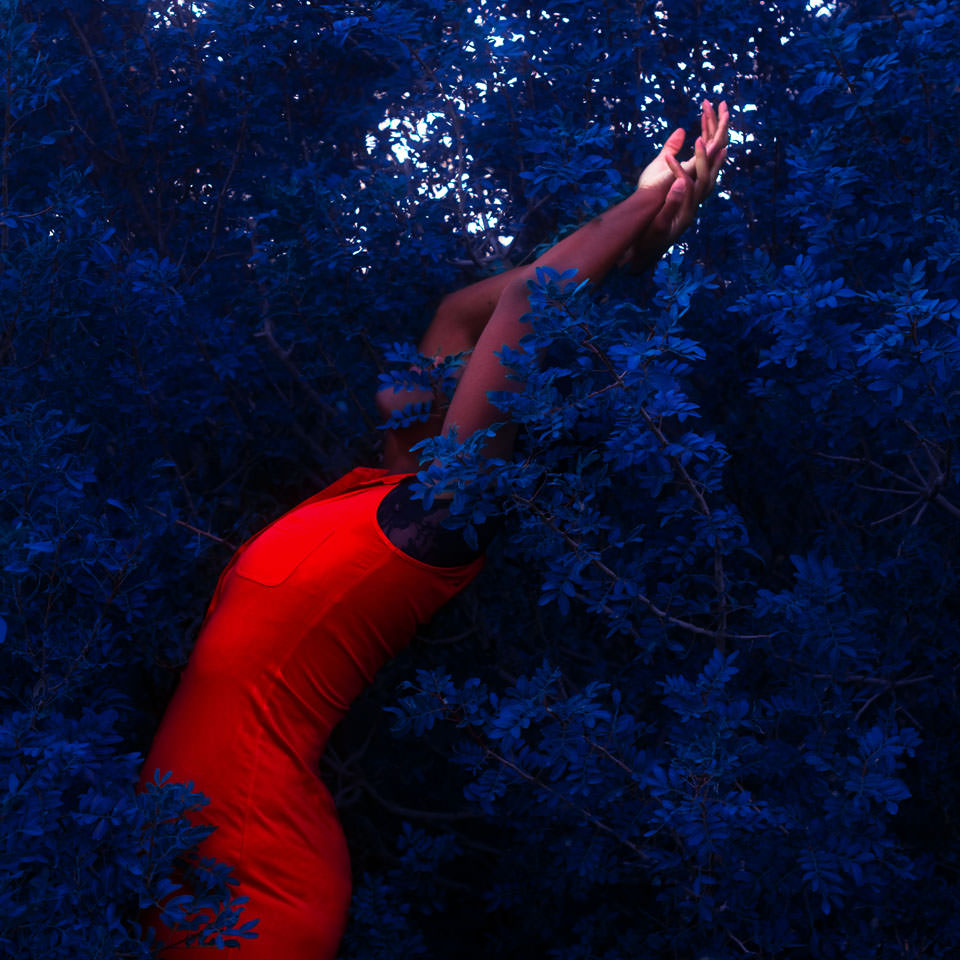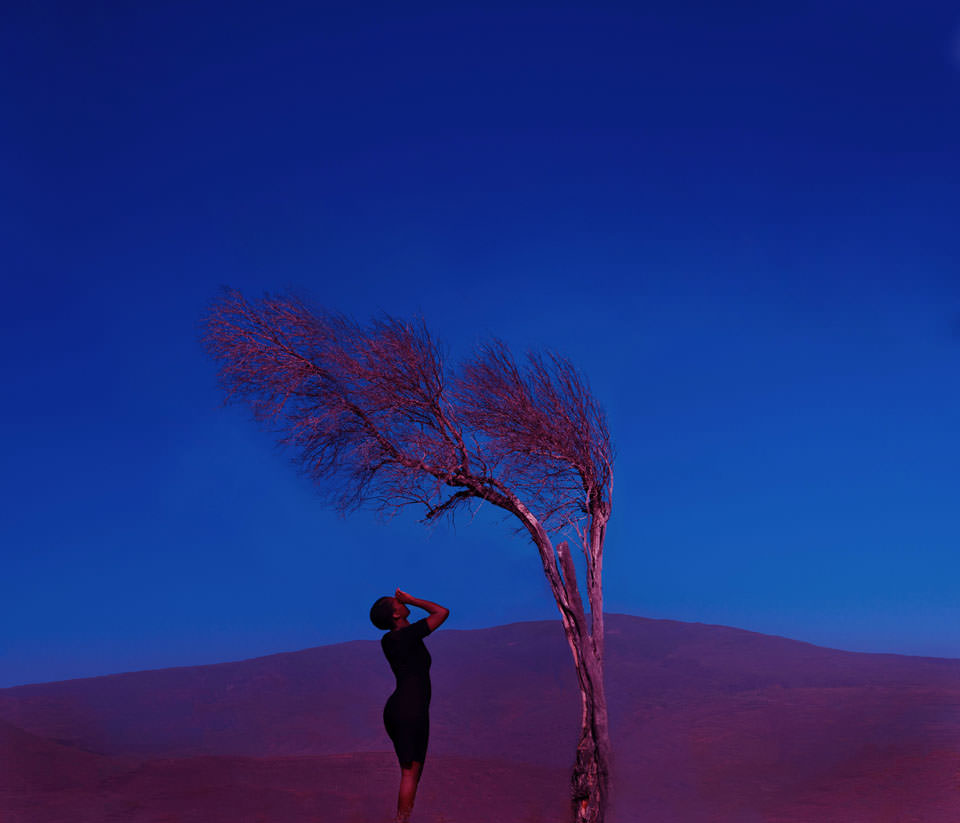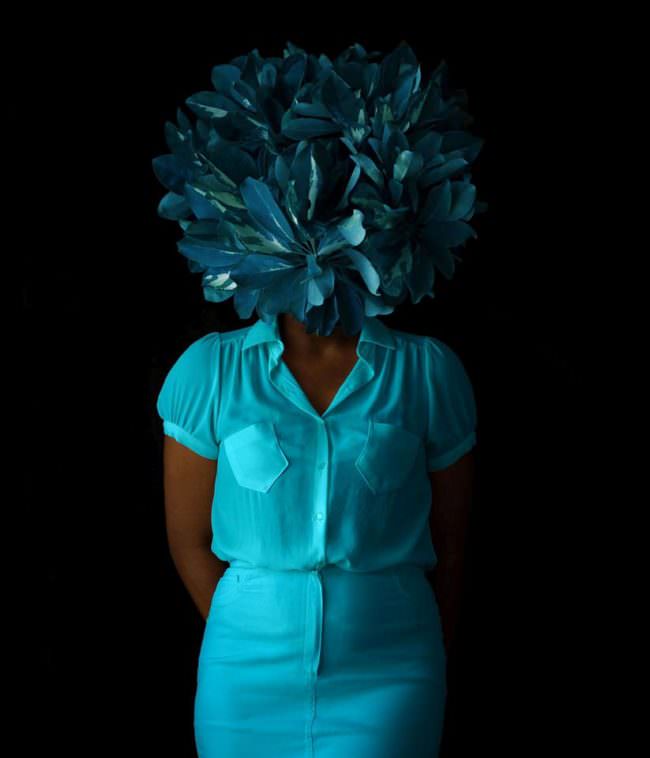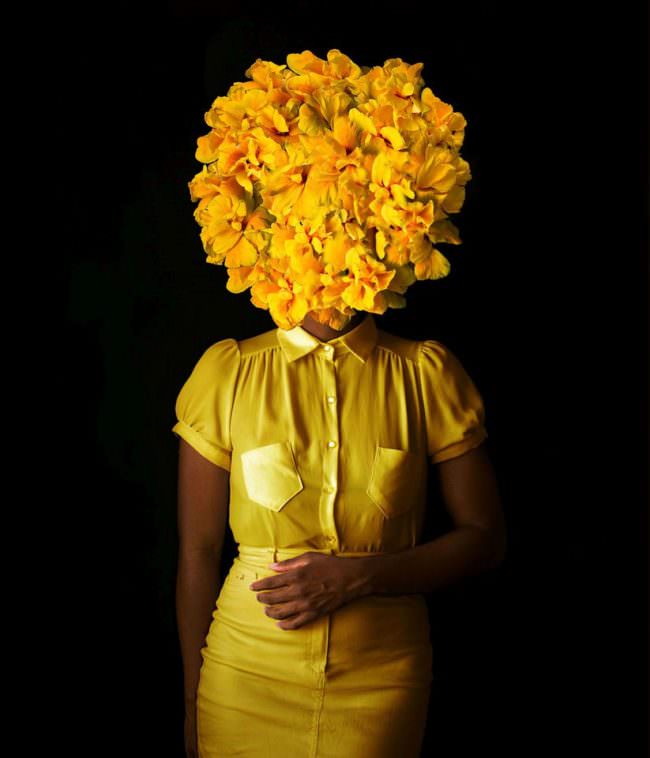52 Wochen – Ergebnisse: Pareidolie
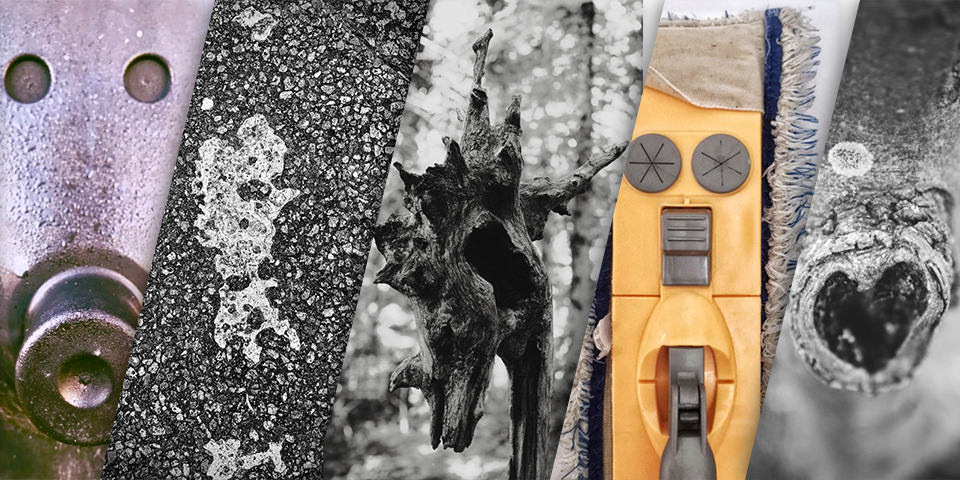
Pareidolie war unser drittes Thema und ich dachte wirklich, die Aufgabe sei einfach. Aber wie sich herausstellte, lag ich falsch. Viele von Euch berichteten, dass sie sonst überall Gesichter in Dingen sehen, aber als sie danach suchten, versteckten sie sich wohl.
Einige hatten mehr Glück, kannten das Phänomen vorher nicht und sahen plötzlich überall kleine Monster. Am Ende gab es zum Glück genügend Entdeckungen und wieder über 60 Einreichungen! Tatsächlich waren die Fotos dieses Mal nicht ganz so vielfältig und beschränkten sich vor allem auf Hauswände und Bäume. Aber schön anzusehen sind die kleinen Holz- und Steinmännchen auf jeden Fall.
Ein Gesicht zu entdecken ist doch bestimmt nicht schwer – dachte ich und zog mit meiner Kamera los. Aber wenn man etwas Spezielles sucht, findet man es meistens nicht. Irgendwann saß ich dann am Schreibtisch und plötzlich sahen mich diese beiden Smileys aus ihren dunklen Fensteraugen an, die ich vorher schon tausende Male betrachtet habe, ohne ein Gesicht zu sehen. Nun beobachten mich also diese beiden Gesichter immer beim Arbeiten.
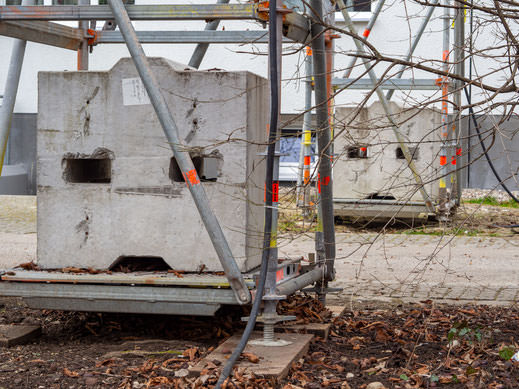
© Doro
Ich hatte erst keinen Blick dafür, aber dann begegneten mir überall zornig verzerrte Masken auf Wegen, strahlende Mimiken auf Straßen, Häuser die Zwinkern und sympathische Helfer. Nun haben es diese hier geschafft: zwei schwere Jungs oder Bob der Baumeister hoch zwei.
Wenn man mit offenen Augen durch die Gegend radelt, dann sieht man irgendwie überall Pareidolien; sie dann aber – für meinen Geschmack – richtig in Szene zu setzen, wird schon schwieriger. Gestern habe ich mich plötzlich unerwartet und sofort unsterblich in Hermann verliebt.
Hermann ist ein Nasenbär, noch etwas verschlafen im morgendlichen Tau. Er gehört zur Gattung der großen Kunststoff-Mülltonnen und wird oft an bestimmten Tagen in Rudeln in einigen Stadtteilen angetroffen. Ich habe Hermann bei seinen Artgenossen gelassen und schicke Euch hier ein Bild von ihm.
Auf dem Weg zur Arbeit halte ich fast jeden Morgen an einer Ampel vor einem Landgasthof. Links von mir ist ein bemalter Stromkasten, klassisches Landmotiv: Bauernhof mit Wolkenhimmel. Im Wolkenhimmel ist das Gesicht zu erkennen, das ich dort jeden Morgen in Gedanken grüße. Das Wochenthema kam mir also wie gerufen. Als ich letzten Freitag auf dem Heimweg dort anhielt, um den Stromkasten zu fotografieren, musste ich an einer rissigen Hausfassade vorbei. Tja – und da traf ich dann auf das „Antlitz des Alltags“.
Ein sehr spannendes Thema, wenn man sich dafür öffnet. In der Mittagspause habe ich mir die Kamera geschnappt und bin aktiv auf die Suche gegangen. Plötzlich sah ich sie überall, die Gesichter! Und ich hatte schon meinen Favoriten ausgewählt, doch dann ging ich an einer Laterne vorbei, drehte mich um und dann sah ich ihn. Er hat mich sofort gefangen: „Der traurige Mann…“
Ich habe heute kurzerhand die Küche umfunktioniert und einen Gute-Laune-Cappuccino kreiert. Nach mehreren Versuchen mit Schaum und Wasserstrudeln in der Spüle, die ein Auge erzeugen sollten, habe ich diese erste Idee etwas frustriert aufgegeben und mich dann auf die Produktion von Cappuccino konzentriert. Ich denke, ich gehe von jetzt an sonntags zum Frühstück in die erweiterte Produktion!
Zugegeben keine echte Pareidolie, sondern ein Photoshop-Trick. Aber meine Fantasie spielt mir auch so oft Streiche und ich sehe in Schatten Dinge, die es so nicht gibt.

© Francis
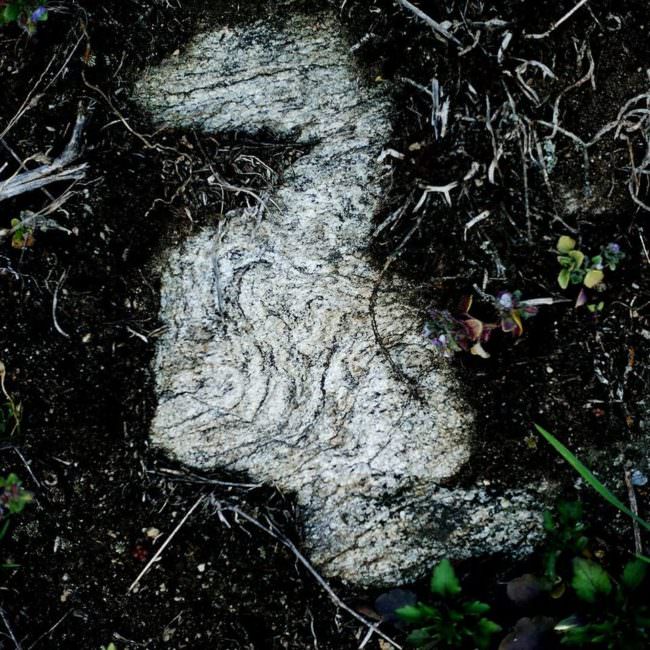
© Leo Ertl

© Falk
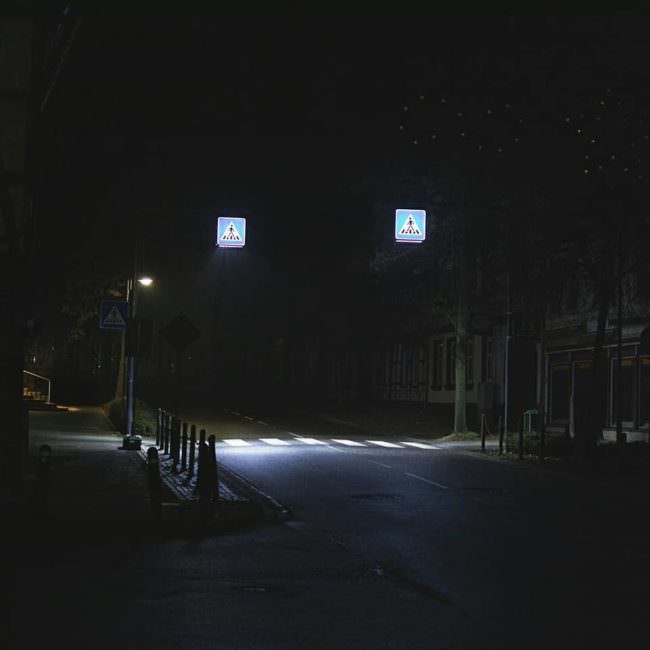
© Benny
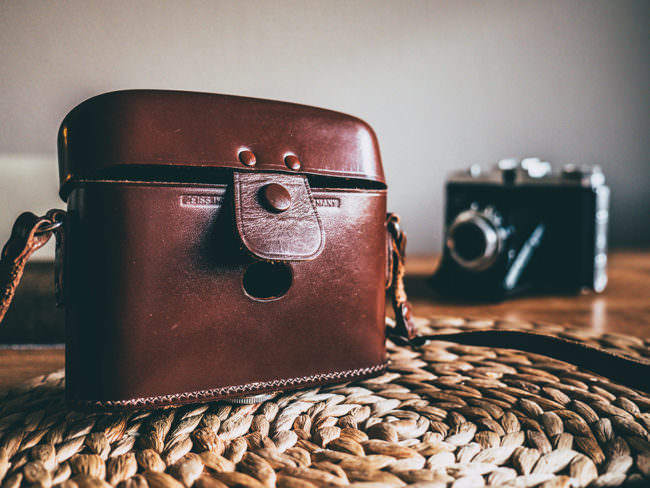
© Guido
Ich hoffe, nach diesem Beitrag verfolgen Euch all die Gesichter auch mit ihren Blicken und Ihr entdeckt vermehrt kleine Monster. Wenn Ihr die Aufgabe verpasst habt, kein Problem. Das nächste Thema wartet bereits: „Versteckspiel“. Macht gern mit! Ihr könnt jederzeit in unsere 52-Wochen-Aufgaben einsteigen. Jeden Montag wird das neue Thema bekanntgegeben.
kwerfeldein – Magazin für Fotografie https://ift.tt/2S95hX5
Sourced by Time Trap Photography sharing the best photography tips, news and tricks throughout the industry. Time Trap Photography is dedicated to freezing those special moments in life that can be revisited and admired for generations to come. - Shannon Bourque
Please visit our main site for booking availability and rates.

Receive valuable industry knowledge delivered free to your email each day.


